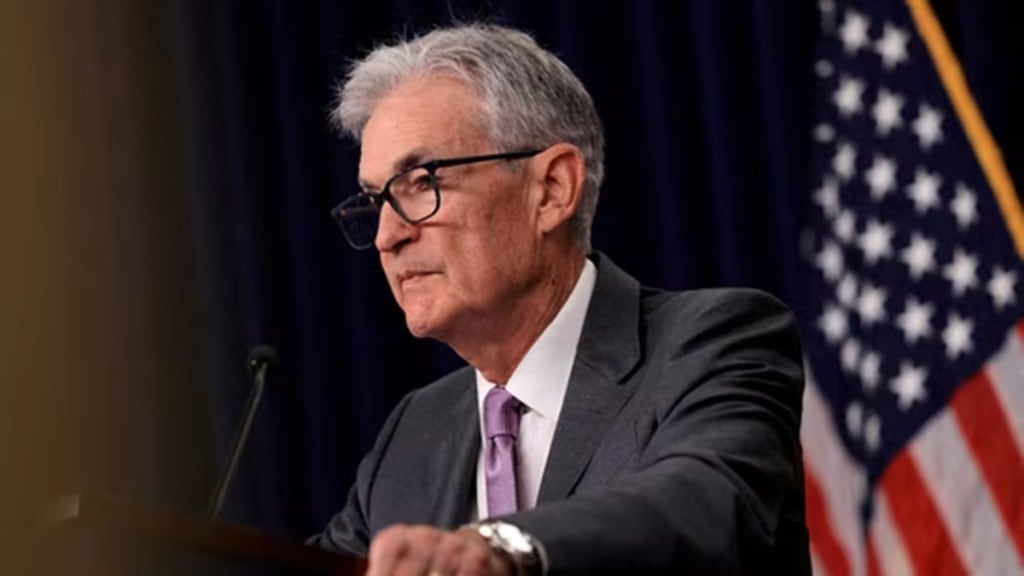The US Federal Reserve’s bigger than expected 50 basis point (bps) rate cut led to a sharp fall in the yields of 10-year government bonds (G-Sec) to 6.7577% — the lowest in 31 months. Yields across the other tenures also fell, that is, the yield on five-year benchmark closed at 6.6710% as against 6.6950, lowest since April 2022.
The rate cut also led to high trading volumes Indian G-sec market. The total volumes stood at Rs 1.06 lakh crore – the highest since June 4 – with volumes seen mostly in the 10-year and 15-year segments.
Late Wednesday, the US FOMC kicked off the rate cut cycle to 4.75-5.00% after keeping it at two decades high at 5.25-5.75%. The cut, which came after over 4 years, came against the backdrop of easing inflation and moderation in the US labour market.
Federal Reserve chair Jerome Powell said the aggressive action on Wednesday was intended to make sure that high borrowing costs, put in place to fight inflation, would not end up hurting the US economy. “The labour market is in a strong place – we want to keep it there,” Powell said. “That’s what we’re doing,” he added.
Vikas Goel, managing director and CEO at PNB Gilts said, “There will be inflows into the country at present. However, the Reserve Bank of India (RBI) may also have to react to this rate cut because keeping rates higher in medium term while global rates coming down may attract capital outflows.”
“Things are very positive for the G-sec market right now. We are expecting yields in the 10-year benchmark to come down to 6.60% due to favourable demand and supply dynamics, along with a 25 bps cut in December and another 25 bps in March by the RBI,” added Gaura Sen Gupta, chief economist at IDFC First Bank.
Market participants anticipate a further steepening – the widening of spread between long-term and short-term paper – in the G-Sec yield curve. However, the pace of the steepening will be dependent on the Reserve Bank of India’s rate cut trajectory and ease in the liquidity conditions in the banking system, dealers said.
Currently, the yield spread between the 10-year paper and the 40-year paper is around 20 basis points. Dealers expect the spread is likely to widen to 25 bps in next few days. The same is expected to happen in case of other tenure bonds once the liquidity conditions in the banking system eases after the inflows on account of government’s month-end spending hit the system.

